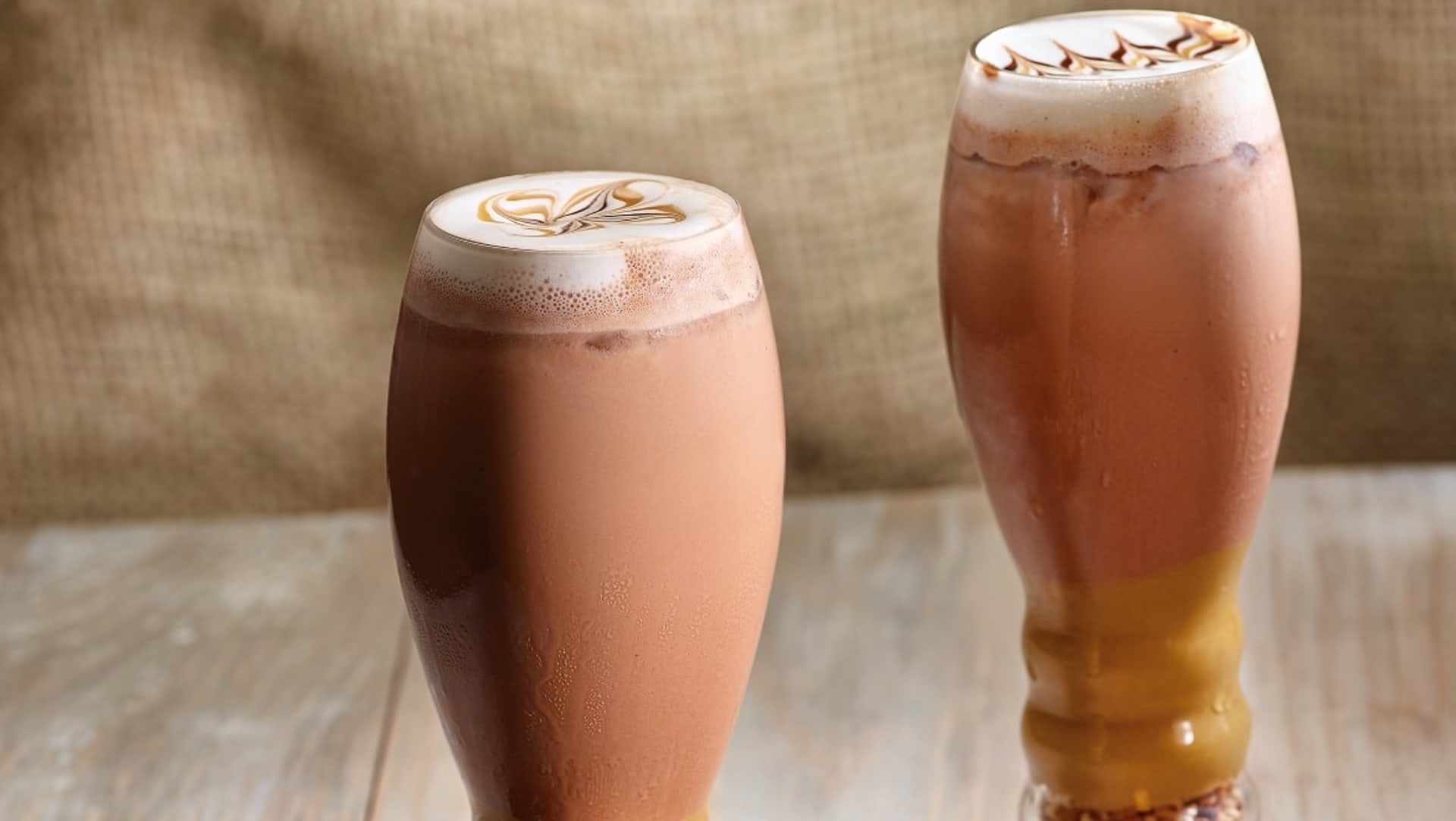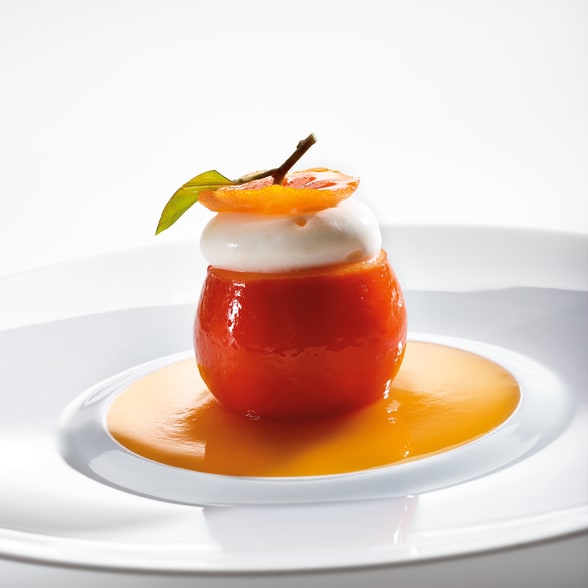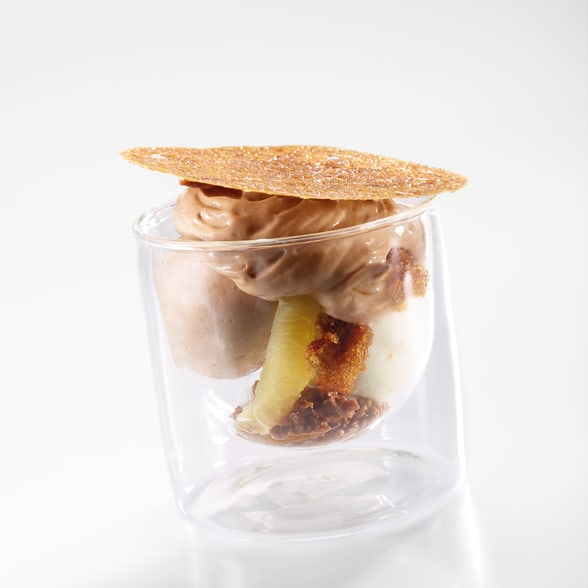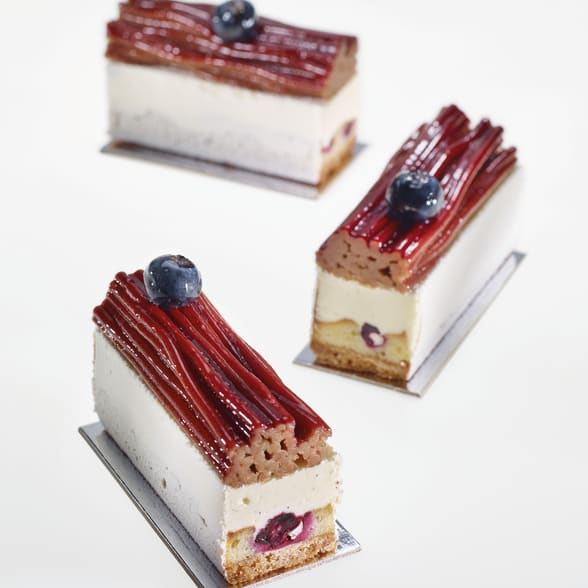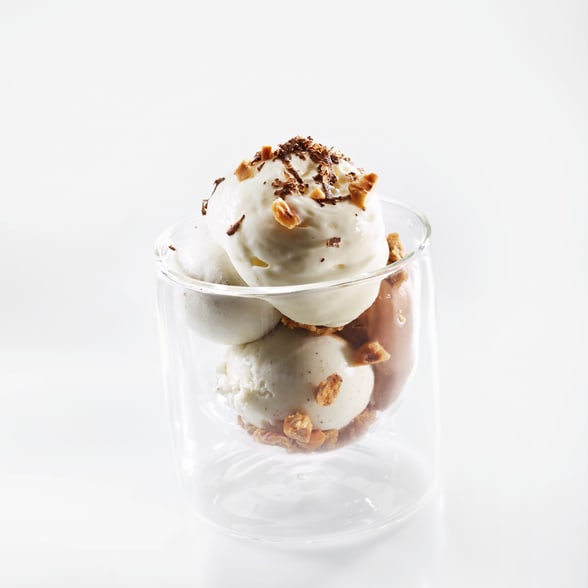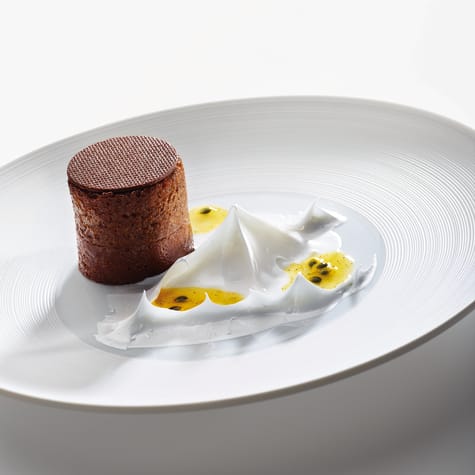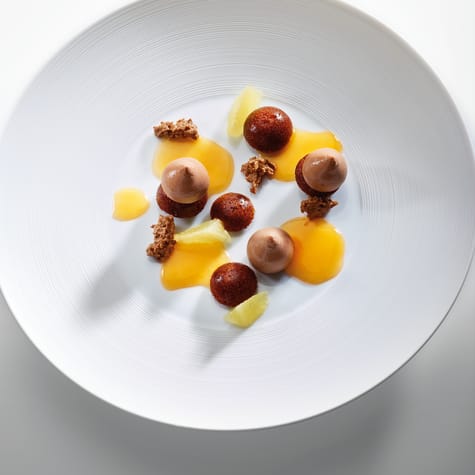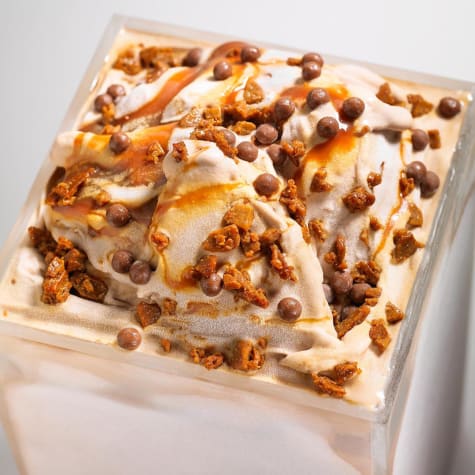You are using an outdated browser. Please upgrade your browser to improve your experience and security.
The art-craft of ice cream is the alliance of the pastry chef creativity and the right selection of the freshest ingredients.
Edito
The art-craft of ice cream is the alliance of the pastry chef creativity and the right selection of the freshest ingredients.
In fact, they play a decisive role in the recipes : Isigny's butter, Ardèche's chestnut spread, Piedmont's hazelnuts, Valrhona's chocolates, seasonal fruits, ... So many ingredients to create a unique and delicious ice cream.
The know-how of the ice cream maker completes the recipe as it requires a few specific skills to elaborate the perfect ice cream!
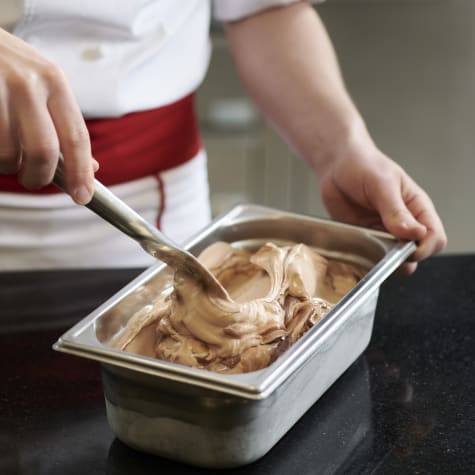
Inspiration Recipes
Ice cream eaten per person per year*:
In France: 6 L
Sweden: 12 L
Italy: 9 L
United Kingdom: 9 L
Germany: 7 L
Spain: 6 L
* Source: Syndicat des Fabricants Industriels de Glaces, Sorbets et Crèmes Glacées.
